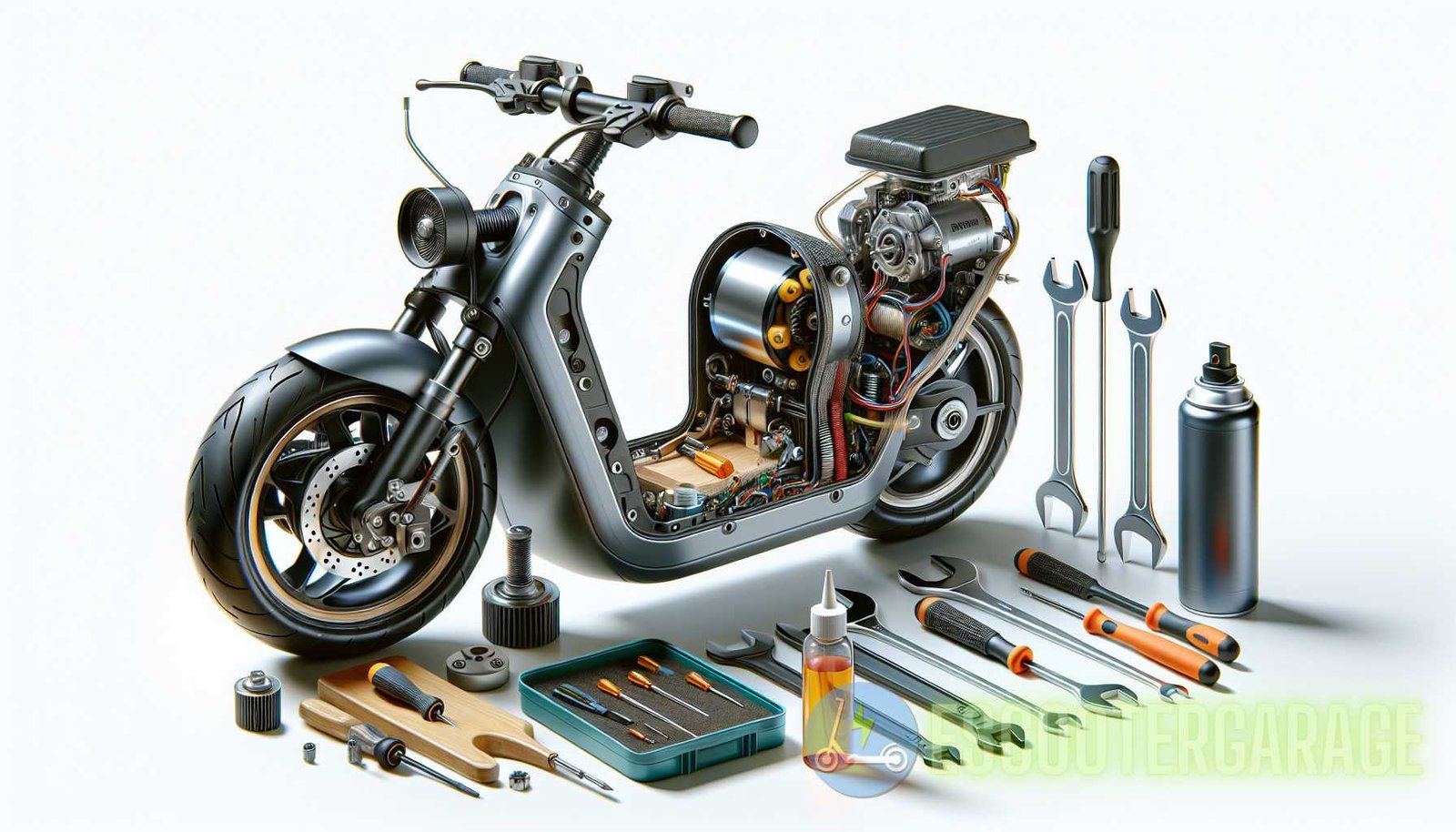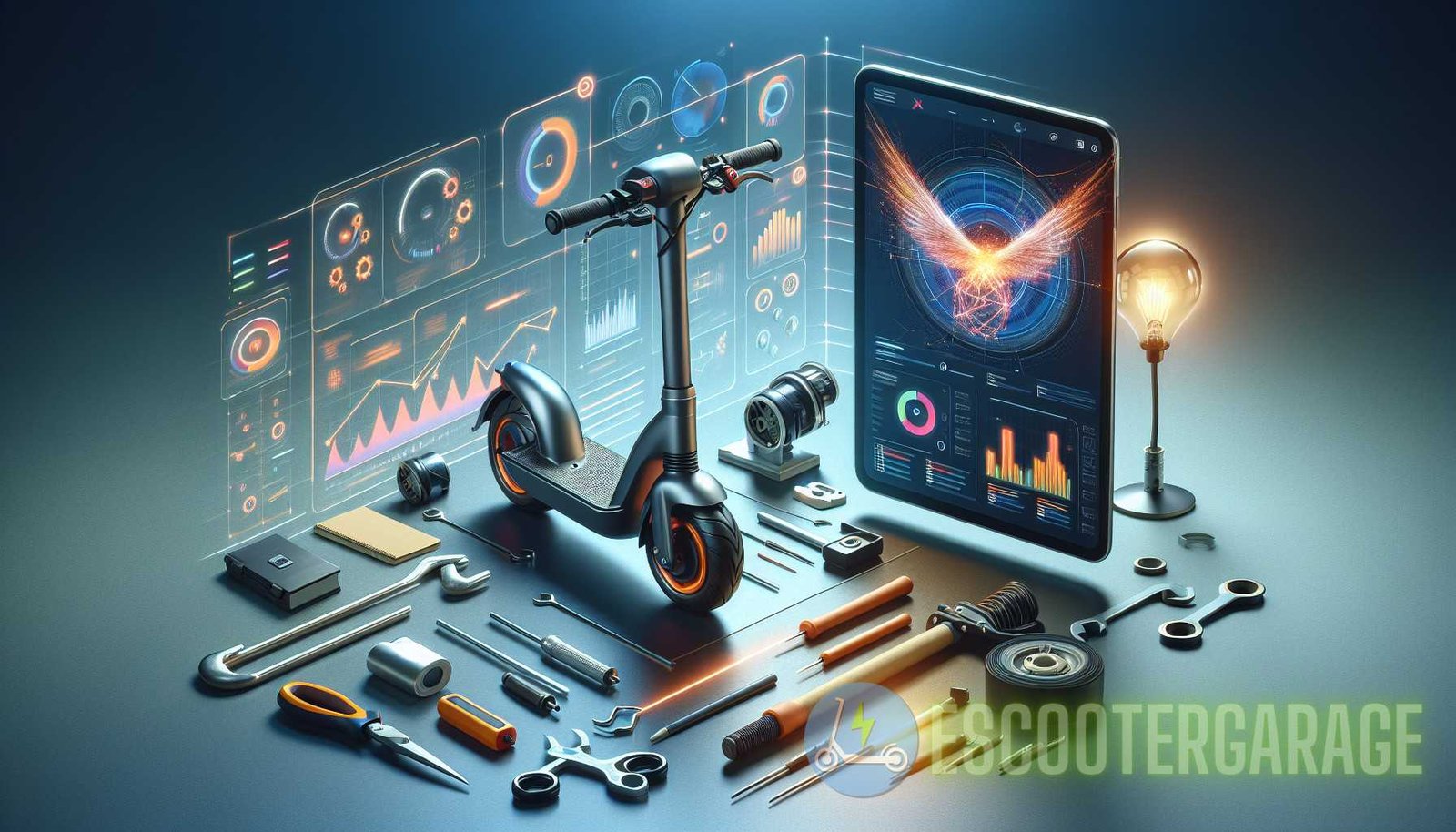Introduction
eScooters have become increasingly popular as a convenient mode of transportation in urban areas. These electric scooters provide a cost-effective and eco-friendly way to travel short distances. However, to ensure optimum performance and maximize efficiency, it is essential to understand the troubleshooting techniques that can be employed to address common issues. In this article, we will explore advanced troubleshooting techniques that can be used to optimize eScooter performance, allowing riders to enjoy a seamless and efficient experience.
The Importance of eScooter Optimization
Optimizing eScooter performance is crucial for several reasons:
- Maximizing battery life: By optimizing eScooter performance, riders can extend the battery life, reducing the frequency of charging and increasing the overall lifespan of the scooter.
- Enhancing efficiency: Improved performance leads to enhanced efficiency, enabling riders to travel longer distances on a single charge.
- Ensuring safety: A well-optimized eScooter is less likely to encounter issues such as sudden power cuts or unexpected failures, making it a safer mode of transportation.
- Reducing maintenance costs: Regular optimization and troubleshooting techniques can help prevent major issues, saving riders from expensive repairs or replacement parts.
Advanced Troubleshooting Techniques for eScooter Optimization
1. Checking Battery Health
The health of the eScooter battery directly impacts its overall performance. To check the battery health, follow these steps:
- Use a multimeter to measure the voltage of the battery. A fully charged battery should read around 42 volts. If the voltage is significantly lower, it may indicate a weak or damaged battery.
- Inspect the battery for physical damage. Look for any bulging, leakage, or signs of corrosion.
- Check the battery connectors for any loose or disconnected wires.
If any issues are detected during the battery health check, it may be necessary to replace the battery or have it professionally serviced. Regular battery maintenance, such as proper charging and storage, can also help prolong its lifespan.
2. Analyzing Motor Performance
The motor is another critical component of an eScooter. Its performance directly impacts the scooter’s speed and acceleration. To optimize motor performance, consider the following troubleshooting techniques:
- Inspect the motor for any physical damage, such as broken wires or worn-out brushes.
- Check the motor connectors to ensure they are securely plugged in.
- Measure the motor’s resistance using a multimeter. A significant deviation from the manufacturer’s specifications may suggest a faulty motor.
- Ensure that the motor controller is functioning correctly. Faulty controllers can lead to motor performance issues.

If any issues are detected during the motor analysis, it may be necessary to repair or replace the motor or motor controller. Regular motor maintenance, such as cleaning and lubrication, can also help improve its performance and longevity.
3. Inspecting Electrical Connections
Electrical connections play a crucial role in the overall performance of an eScooter. Loose or damaged connections can lead to power loss, inconsistent performance, or even safety hazards. Follow these steps to inspect the electrical connections:
- Inspect and tighten all electrical connections, including those between the battery, controller, motor, and throttle.
- Check for any frayed or damaged wires and repair or replace them accordingly.
- Inspect the fuse and replace it if necessary.
- Ensure that the throttle is functioning correctly.
Regularly checking the electrical connections and addressing any issues promptly can help prevent performance setbacks and ensure a smooth ride.
4. Verifying Tire Condition
The condition of the tires significantly impacts the eScooter’s performance, especially regarding grip, stability, and overall comfort. To optimize tire performance, consider the following troubleshooting techniques:
- Inspect the tires for any signs of wear and tear, such as tread depth or cracks.
- Ensure the tires are properly inflated to the recommended PSI. Underinflated or overinflated tires can affect the scooter’s stability and handling.
- Check the tire alignment by examining the wear pattern. Uneven wear may indicate misalignment.
- Inspect and tighten the wheel nuts to ensure they are secure.
Regular tire maintenance, such as proper inflation and periodic rotation, can help enhance the eScooter’s overall performance and safety.
Conclusion
Optimizing eScooter performance through advanced troubleshooting techniques is essential for maximizing efficiency and ensuring a seamless riding experience. By regularly checking battery health, analyzing motor performance, inspecting electrical connections, and verifying tire condition, riders can overcome common issues and enjoy the full potential of their eScooters. Taking proactive measures to optimize eScooter performance not only increases efficiency but also enhances safety, reduces maintenance costs, and prolongs the scooter’s lifespan. By following the troubleshooting techniques outlined in this article, riders can unleash the true potential of their eScooters and enjoy a convenient and eco-friendly mode of transportation.
For further troubleshooting techniques and insights on optimizing eScooter performance, you can refer to the following articles:
- Uncovering the X-Factor for Seamless Performance: Revolutionary Innovations in eScooter Troubleshooting
- Decoding the Enigma: Investigating the Root Causes of Inefficient eScooter Performance
For more information on eScooters, you can visit Wikipedia’s Electric Scooter page.


